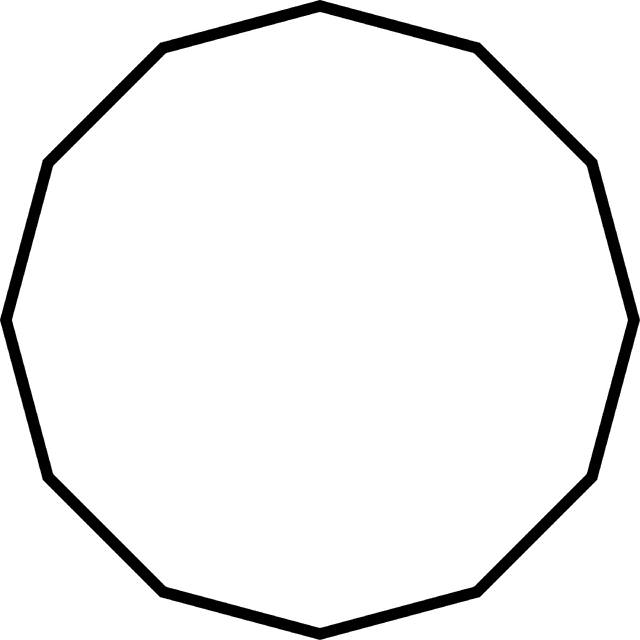ukessays.com/essays/philoso … -essay.php
Firstly, we need to look at what perception and reality mean, the definition of perception is the act or faculty of apprehending by means of the senses or of the mind; cognition; understanding. This means that perception is what we sense in our environment from what our senses and mind tells us. The definition of reality is the state or quality of being real (dictionary.com) but if we know what is real because of our perceptions and senses, how do we know our senses can be trusted to tell us the truth, and thus how do we know what is real? Every philosopher has searched within themselves for the answer to what is reality, and how we know what is real, but every philosopher has their own views on reality, to begin idealist Renee Descartes argued that sensations and experience can be doubted, so it is pure reason, not the senses, that must form the basis of Truth and what reality is. Next, an Idealist, Plato who claimed that the world of ideas, for example the ideal nature or essence of a tree or a circle or a color, was more fundamental, more “real,” than physical reality, and that physical reality, a tree for instance, comes into being as an imperfect instance of the ideal. John Locke an empiricist said that the mind starts out without any knowledge and everything one knows is built up from experience through the senses. So who is right? Is there any one way to know what reality really is?
In Descartes his first and second meditations he claims that all our beliefs can be doubted because our senses could simply be just an illusion, he goes on to say that although all our beliefs cannot be certain, because we think and experience, our minds must exist. Descartes argued that our ordinary experiences and views of the world cannot give us the kind of affirmed foundation on which all other knowledge and beliefs can be based. We are often dismayed to acknowledge that what we have learned is simply detriment, or that what our senses tell us is not certain. That should make us wonder about whether all the other things we believe might also be uncertain. So is there anything that we can know for certain without a doubt? We can doubt whether there is a physical world and whether we have a physical body. We can doubt whether our own reasoning can be trusted, so then what can we absolutely know for certain? Descartes gives an example that even if a higher power deceives us about all our other beliefs, there is one belief that we can be certain about, which is that we are thinking. Even to doubt this belief is proving that we are thinking. And since thinking cannot occur without there being something that does the thinking, this proves that we exist. When we think, it proves we have a mind, regardless of whether we have bodies. The body we experience as our own is not an essential part of our self because we can doubt its existence in a way that we cannot doubt the existence of our mind.
Plato believed that reality was in the form of two separate worlds, he believed that something was an individual object, but could be put together into a larger group. For example there are multiple breeds of cats, but they all fall under a larger group, which is cats, or felines.
Another analogy that Plato came up with was the allegory of the cave. Here the physical world is in the form of a cave, in which the humans are trapped from the beginnings of our life, where we are stationary and cannot move our heads, so we perceive only shadows and sounds. Without reason, one of us is released and is encouraged to travel upward to the entrance of the cave. This revelation is very confusing to the person. Then he is pulled to the entrance of the cave, where the light is hurting his eyes that are accustomed to the dark, which threatens the only security his life has known. The world of daylight represents the realm of Ideas. His eyes grow accustomed to the light and he can look up to the sun, and understand what the ultimate source of light and life is. This is symbolic of the Idea of the Good in the Realm. This gradual process is a metaphor of education, and enlightenment. Yet the real lesson of Plato is that the enlightened person now has a moral responsibility to the unfortunate people, still in the cave, to rescue them and bring them into the light. This lesson brings about Socrates’ famous quote, “As for the man who tried to free them and lead them upward, if they could somehow lay their hands on him and kill him, they would do so.” This is ironic in nature. The fact that this man is trying to help these people and they are so uneducated masses will resent him and threaten his life.
Lastly, John Locke stated that we define objects by primary and secondary properties; primary properties being undeniably objective features such as size and shape, and secondary properties being subjective such as colour and taste. (youtube.com/watch?v=7dQpDNtsIAE) Locke’s theory on reality is called Representative Realism, it is the view that sense data (an immediate object of perception, which is not a material object; a sense impression) somehow represents the objects and that these objects are causally involved in our production of the sense data. Our perception of objects is thus indirect; hence, representative realism is a kind of indirect realism. (An Introduction to Epistemology, second edition, 277) This view argues that we experience reality indirectly by perceptions that represent the real world. So, if we see a brown table, what we are actually seeing is not the table itself but a representation of it. In this way, differences of perception which occur due to changes in light conditions, position of viewer, etc., can be easily explained: it is not the object which is changing, only the perception of it. As an example, a man is standing on the corner of a busy road and witnesses two cars collide. Neither driver is hurt, but both step out of their cars to inspect the damage. Driver A is a young mother with a young child in the back of the car; driver B is a business executive in a hurry; the witness is an old man wearing glasses. As the two drivers argue about whose fault it was, the man approaches them and offers to confirm what he saw happening. What does each of them see? Whose is the correct view?
It is evident that the mind knows not things immediately, but only by the intervention of the ideas it has of them. Our knowledge therefore, is real, only so far as there is conformity between our ideas and the reality of things. But what shall be here the criterion? How shall the mind, when it perceives nothing but its own ideas, know they agree with things themselves? (John Locke, 452)
So who is right? These are just three different views on reality out of hundreds, and possibly even thousands from other philosophers, but is there any one way to know if one philosopher’s theory is right over another? One thing most of these theories have in common is that our perceptions of reality, how we view things through our senses and the different objects we see, may not be what is certainly real, they suggest that what our perceptions of reality are, are not really what reality is. What this means is that for the average person living, their reality is based upon ignorance towards other truths.
As humans we struggle to know why we exist and what reality is, but many of us are too afraid to give up the comfort of believing what we see to be true to discover the answers to what reality is, because of this there are select few individuals who question their life and what it means, these individuals give insight to others and are able to teach other individuals about what it means to question our existence and perceptions. Although for many of us the theories of philosophers such as Descartes, Plato, and Locke may seem wildly unlikely, the more we question what reality is, the more we ourselves create new theories about reality, and they themselves may seem far-fetched to other individuals. We may look at what other philosophers have theorized in the past, but for us, as individuals, to discover what reality means to us personally, we must think deeply ourselves, we must theorize and question ourselves until we are so confused by our questions we no longer know what it means to exist. We cannot rely on other theories of reality because everyone perceives reality differently, what one person may perceive is different than what another person may perceive, and because of this not everyone can have the same views and theories on what reality and existence means. Some of us may see God as an important part and influence in our reality, while others may not. Some people may say nothing truly exists, and that we are just an illusion and others may say everything they see is real. No one is wrong; our individual views on reality are personal, our perceptions are not the same as other individual’s perceptions, and that does not mean one is wrong or right. What it means is that we as humans have the responsibly to question ourselves, to question what it means to live. In order for any of us to achieve true happiness we must question reality, existence, and our perceptions. If we live in ignorance, we are not truly being happy; we are letting ourselves be satisfied with not understanding the world. Thinking deeply about reality inspires growth, it inspires us to realize there is more to the world then what we can see, the world is a limitless place of our desires.

